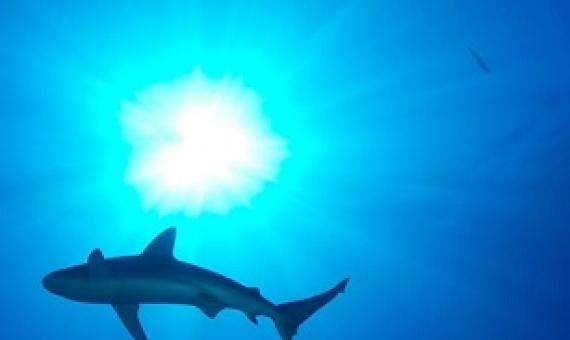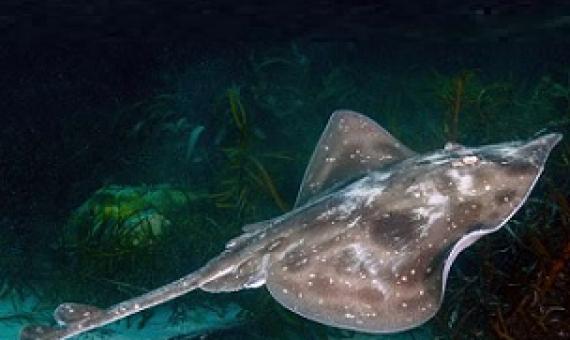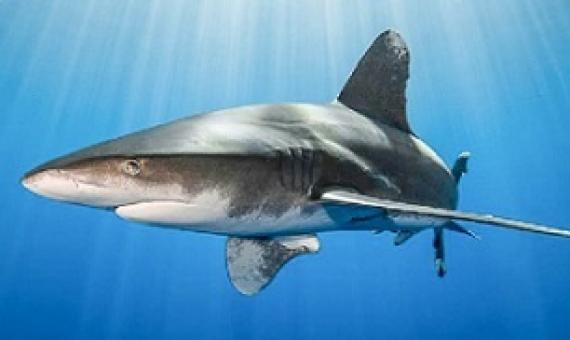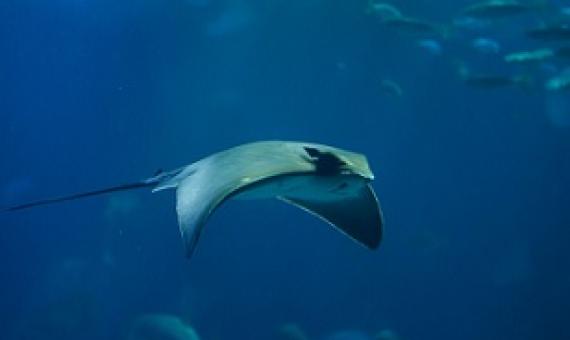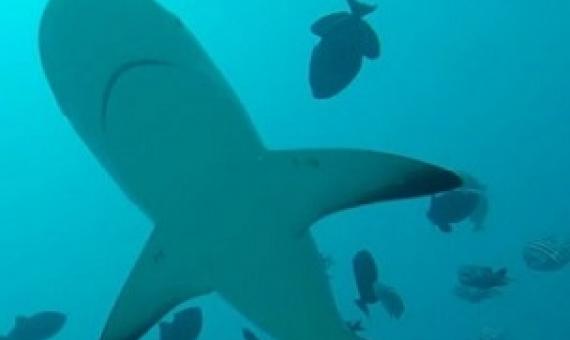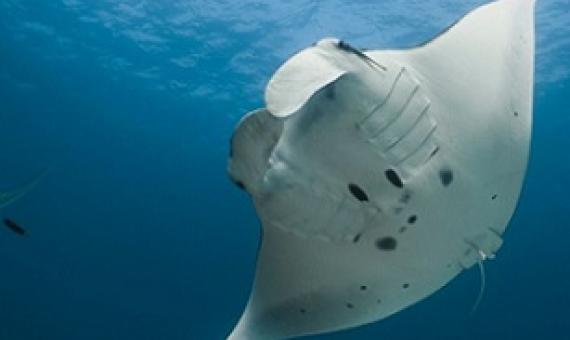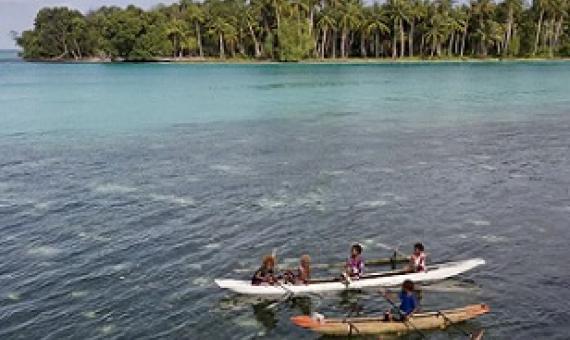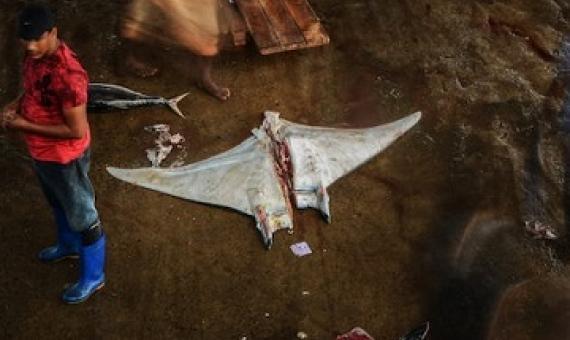July 14 is Shark Awareness Day, an annual reminder to raise awareness of these incredible creatures that roam the oceans. Sharks and rays belong to a group of fish known as elasmobranchs, which includes over 1,200 species.
Half a century of rising extinction risk of coral reef sharks and rays
Sharks and rays are key functional components of coral reef ecosystems, yet many populations of a few species exhibit signs of depletion and local extinctions. The question is whether these declines forewarn of a global extinction crisis. We use IUCN Red List to quantify the status, trajectory, and threats to all coral reef sharks and rays worldwide. Here, we show that nearly two-thirds (59%) of the 134 coral-reef associated shark and ray species are threatened with extinction. Alongside marine mammals, sharks and rays are among the most threatened groups found on coral reefs.
The first complete assessment of extinction risk for all Australian sharks, rays and ghost sharks reveals Australia is home to more than a quarter of shark species on the planet, but 12 percent of those are at risk of extinction.
WWF, the Ministry of Environment and other stakeholders will today launch its Dreketi River and Estuary Shark and Ray Survey report.
WWF urges all states fishing for tuna to implement a set of urgently needed measures – including 100% observer coverage on all industrial fishing vessels by 2030 and recovery plans for all critically endangered and endangered oceanic sharks and rays by 2026 – in order to prevent extinctions and r
New updates on the conservation status of sharks and rays released today by the International Union for Conservation of Nature (IUCN) show that 39 additional species are now facing a risk of extinction in the wild.
The number of sharks and rays worldwide has fallen by 71 per cent in the last 50 years and according to Australian and international research more than three-quarters of species are now threatened with extinction.
Scientists announced Wednesday they had tracked the movements of reef manta rays between two UNESCO World Heritage areas along Australia’s west coast using satellites and a set of decades-old photographs, giving them unique insights into their little-known behaviors.
Scientists love having a mystery to solve and gathering clues to find out if something is real or not.
New rules that apply to a vast swath of the Pacific Ocean aim to improve manta and devil rays’ chances of surviving encounters with tuna fishing boats.The measure prohibits fishers from targeting the rays or keeping the ones they catch accidentally.

